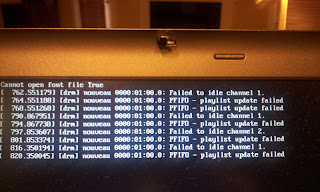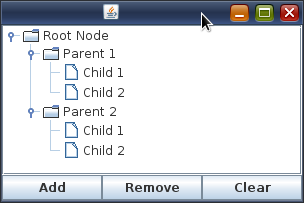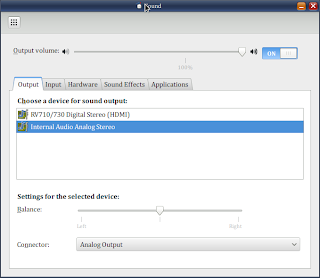Watch ESPN Live on Fedora 17 - Google Chrome
This has bugged me for a very long time. Could never get this to work - had to watch ESPN live inside a Windows VM. I don't know how universal or even how long lived this solution will be but for now it's working. Google-Chrome Version - Version 23.0.1271.97 OS - Fedora 17 x86_64 Flash Plugins - see below - I had two versions installed. I disabled the 11.5.31.5 version and left the 11. 2r202 version enabled and things finally started working for me. Also enabled chrome popups for espn.go.com. Unfortunately not currently working for me on Fedora 18 :( Adobe Flash Player (2 files) - Version: 11.2 r202 Shockwave Flash 11.2 r202 Name: Shockwave Flash Description: Shockwave Flash 11.5 r31 Version: 11.5.31.5 Location: /opt/google/chrome/PepperFlash/libpepflashplayer.so Type: PPAPI (out-of-process) Enable MIME types: MIME type Description File extensions application/x-shockwave-flash Shockwave Flash .swf


